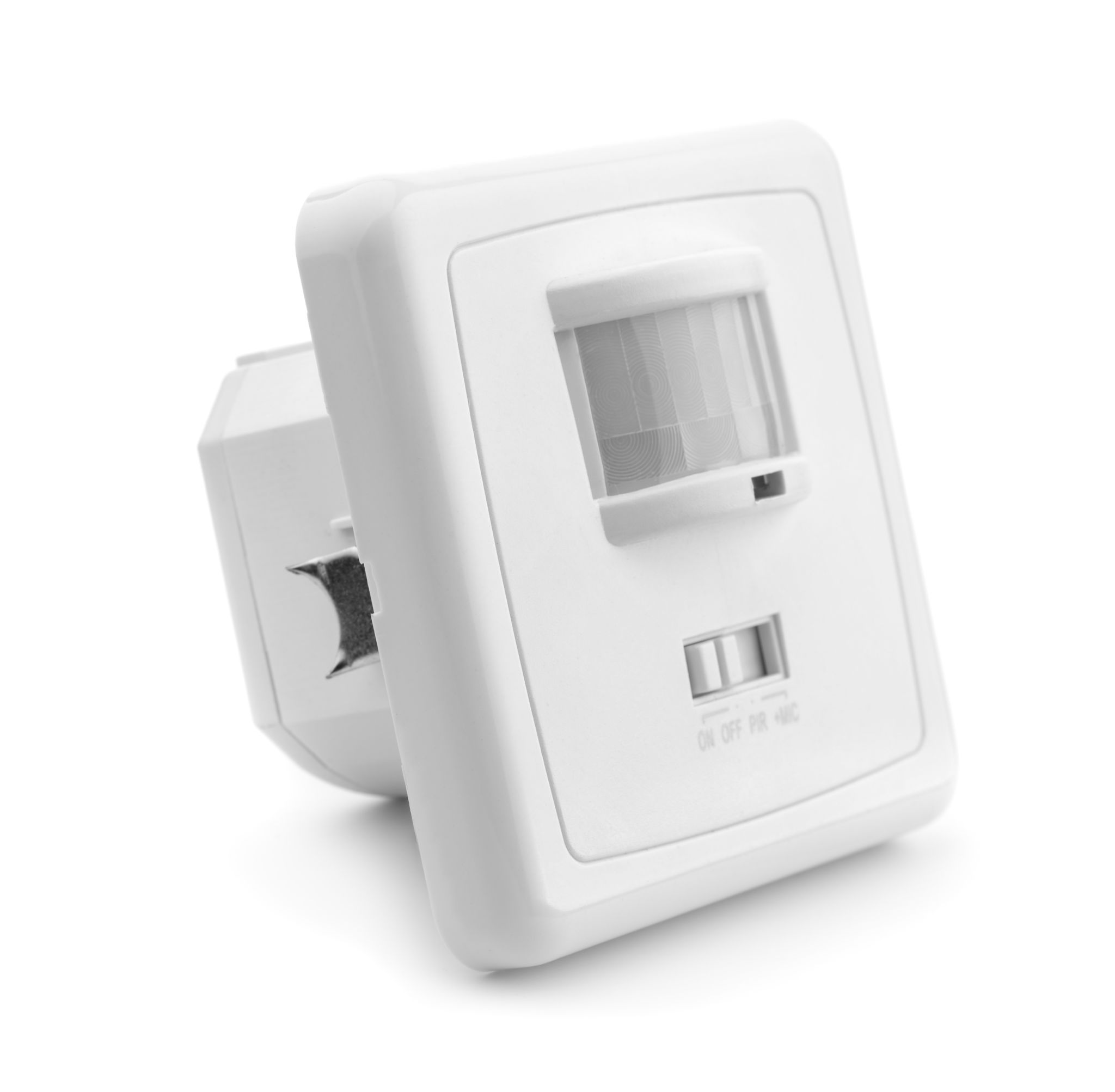Understanding Acoustic Partial Discharge Monitoring: Key Benefits and Applications
Introduction to Acoustic Partial Discharge Monitoring
In the realm of electrical engineering, ensuring the reliability and safety of equipment is paramount. One of the challenges faced by engineers is the detection and management of partial discharges (PD), which can cause significant damage if left unchecked. Acoustic partial discharge monitoring has emerged as a vital tool in addressing this issue, providing a non-invasive and efficient way to monitor electrical systems.
Partial discharges are small electrical sparks that occur within an insulation system, often due to imperfections or damage. Although they might seem insignificant at first, these discharges can lead to insulation failure and ultimately, equipment breakdown. Acoustic PD monitoring detects these discharges using sound waves, offering a proactive approach to maintenance.

Key Benefits of Acoustic Partial Discharge Monitoring
Non-Invasive and Safe
One of the primary advantages of acoustic PD monitoring is its non-invasive nature. Traditional methods of detecting partial discharges often require shutting down equipment or direct contact with the system, which can be disruptive and potentially hazardous. Acoustic monitoring, on the other hand, uses sensors placed externally, allowing for continuous monitoring without interfering with operations.
Early Detection and Prevention
By identifying partial discharges early, acoustic monitoring provides a significant advantage in preventing costly failures. Detecting PDs before they escalate enables maintenance teams to take corrective action proactively, reducing the risk of unexpected downtime and extending the lifespan of equipment.

Applications Across Industries
Power Generation and Distribution
In the power sector, where reliability is crucial, acoustic PD monitoring plays a critical role. It is used extensively in transformers and switchgear to ensure that any signs of insulation degradation are detected early. This proactive approach helps maintain uninterrupted power supply and enhances the overall efficiency of power distribution networks.
Manufacturing and Industrial Settings
Manufacturing facilities rely on complex machinery that requires consistent monitoring to prevent breakdowns. Acoustic PD monitoring is employed in these environments to safeguard motors, generators, and other critical components from potential damage caused by partial discharges. This ensures production lines run smoothly and efficiently.

The Future of Acoustic Monitoring Technology
As technology continues to evolve, the capabilities of acoustic PD monitoring systems are expanding. Integration with IoT platforms allows for real-time data analysis and remote monitoring, making it easier than ever for engineers to keep an eye on equipment health. Machine learning algorithms are also being developed to enhance the accuracy of PD detection, providing even more reliable results.
The adoption of acoustic partial discharge monitoring is set to grow as industries recognize its value in maintaining operational integrity and safety. By prioritizing early detection and prevention, businesses can not only save on maintenance costs but also improve their overall operational efficiency.

Conclusion
Understanding the importance of acoustic partial discharge monitoring is crucial for industries looking to optimize their maintenance strategies. Its ability to provide non-invasive, early detection makes it an indispensable tool in the prevention of equipment failure. As technology advances, acoustic monitoring will continue to play a vital role in ensuring the safety and efficiency of electrical systems worldwide.